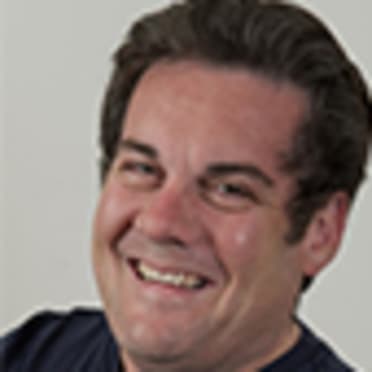White Sox ACE cultivates area baseball youth
CHICAGO -- Nathan Durst has attended every player-parent meeting at the start of the ACE season since the White Sox created the Amateur City Elite youth baseball program in 2007.
And each year, the White Sox national crosschecker who helped develop this program geared toward inner-city players delivers the same message.
“I tell all of them our No. 1 priority is to get you to the college that you would like to go to that your ability warrants,” Durst told MLB.com during a recent phone interview. “My job is to evaluate as part of the scouting department, to acquire amateur players for us. In my role with ACE, we are about college first.”
Durst’s goal has been achieved far beyond the original target of this program. With 21 ACE players taking part during the organization’s annual signing day in November at Guaranteed Rate Field, more than 200 collegiate scholarships have been awarded to ACE players.
In the process of developing this elite system, the White Sox also are providing exposure for Chicago-area kids to Major League teams. Some of those kids are drawing first-round attention.
Corey Ray serves as a prime example, selected fifth overall by the Brewers in the 2016 Draft following three years at Louisville. Alek Thomas is another ACE product, taken 63rd overall by Arizona in the '18 Draft and now rising through the D-backs' system.
Shortstop Ed Howard should add his name to that list in the upcoming 2020 Draft, with a first-round projection attached to the product of Mount Carmel High School, which happens to be Thomas’ alma mater. Howard could be an option for the White Sox at No. 11, although the University of Oklahoma commit is listed with the D-backs at No. 18 in the MLB Pipeline Mock Draft.
Howard has been associated with ACE since trying out for the program at the age of 11. Even back then, Durst saw infield actions not usually witnessed from a young man that age.
“It was just so advanced, and to see what happened to Ed, it’s wonderful,” Durst said. “We hope that all the players to whatever their ability warrants, they will be able to achieve that goal, but what’s happening for Corey and especially Ed, did I anticipate that? No.”
There was just one ACE team at the high school level when the program began based on a proposal written and presented by Durst with the help of Justin Stone, the Cubs' director of hitting. As of May 2020, ACE has 10 teams, ranging from 12U to 17U.
Each team plays roughly 20 games in the fall and practices once per week. The age 12-14 teams play somewhere around 60 games in the summer and practice one or two times per week, and the age 15-17 teams play a 30-game schedule with the same sort of practice schedule. Everyone practices three times per week in the winter and does strength and conditioning work, and ACE provides academic programs throughout the year.
Players such as Ray, Thomas and Howard -- not to mention D.J. Gladney, the only member of ACE currently in the White Sox system -- have been able to follow their pro baseball dreams. Tre Hondras, who committed to the University of Michigan in November, is another 2020 Draft candidate, per Durst.
Ultimately, with the help and support of countless members of the White Sox organization, including chairman Jerry Reinsdorf, executive vice president Ken Williams, and Anthony Olivo, senior manager of community baseball programs, ACE really is about preparing these young men for their best possible future.
“To be honest with you, I wasn’t thinking Draft, though I thought there would be some carryover into it, hopefully,” Durst said. “I thought probably the best way would have been the Corey route: three years, Power 5 [school]. That type of experience, because what that college would do is give them the perspective of routine and working hard and those types of things."
“There has always been ability in Chicago,” added Durst, pointing to Jeff Jackson, who was taken fourth overall out of Simeon High School by the Phillies in the 1989 Draft, as an example. “But for me it was, ‘OK, getting that ability if it’s not going to go to pro ball, then go to the best college and get an education,’ and things like that.”
